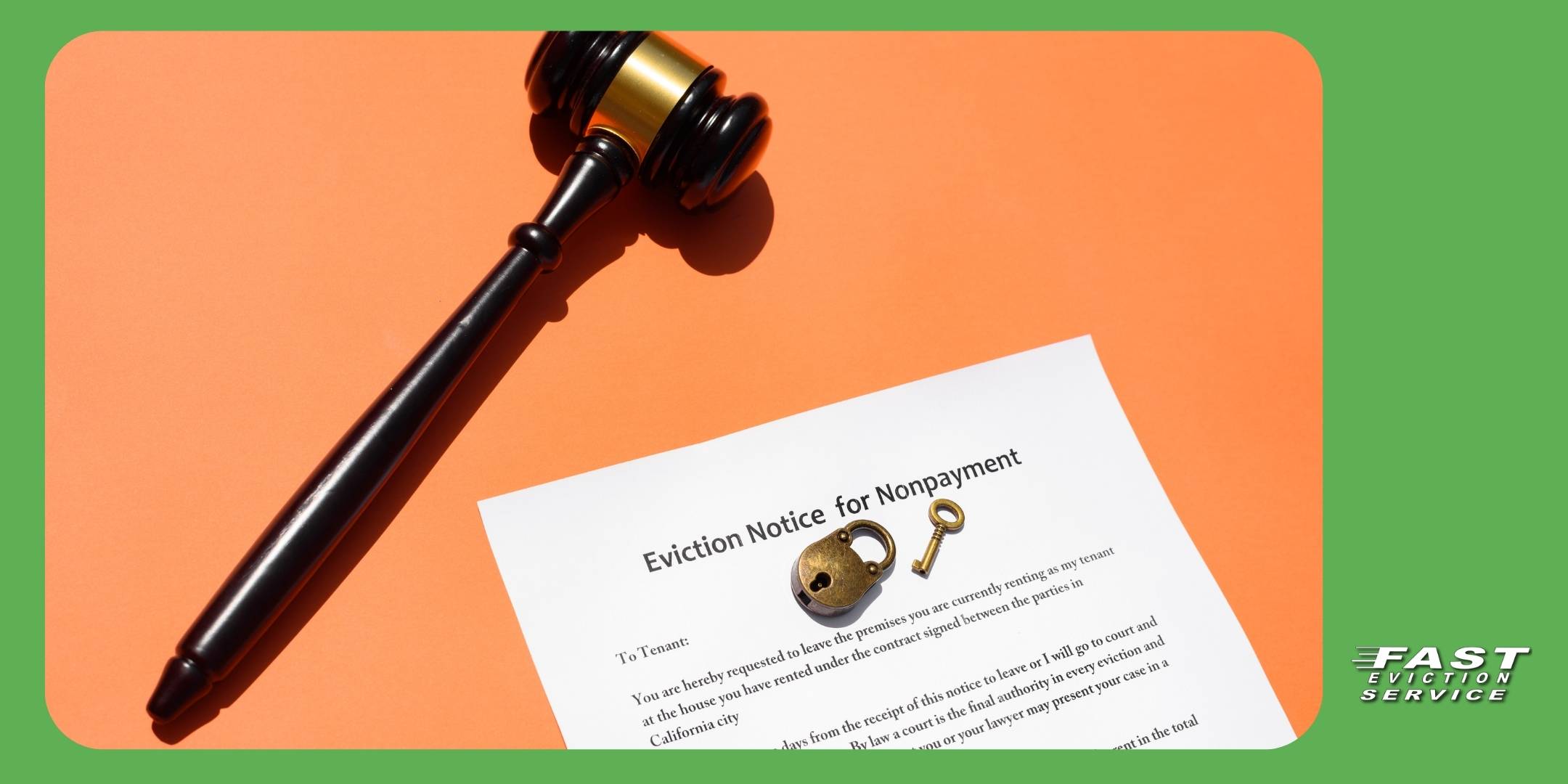Updated 7/03/24
As a landlord, navigating the legal intricacies of an unlawful detainer case can be daunting. Evictions are often stressful and complex, but knowing how to win an eviction case can save you time, money, and frustration. The key to success lies in preparation, documentation, and understanding the legal process. In this article, we will outline 10 simple steps to help you win an eviction case and ensure a smooth transition when dealing with difficult tenants.

Winning an eviction case requires attention to detail and adherence to the legal requirements. By following these steps, you can build a solid case, reduce the chances of legal errors, and increase your likelihood of a favorable outcome. Let’s dive into the essential actions you need to take to effectively handle an unlawful detainer case.
1. Understand the Legal Grounds for Eviction
The first step to win an eviction case is to ensure you have valid legal grounds for eviction. Common reasons include non-payment of rent, lease violations, property damage, or illegal activities. Familiarize yourself with local and state laws regarding eviction to confirm that your reasons for eviction are legitimate and enforceable. Understanding the legal framework is crucial in building a strong case.
2. Provide Proper Notice
Providing proper notice is a critical step in the eviction process. Each state has specific requirements for the type and timing of eviction notices. Typically, you must give the tenant a written notice that outlines the reason for eviction and the timeframe to remedy the situation or vacate the property. Ensure that the notice complies with local regulations to avoid any legal pitfalls that could jeopardize your case.
3. Gather Supporting Documentation
To win an eviction case, you need to present clear and compelling evidence. Gather all relevant documentation, including the lease agreement, rent payment records, communication logs, and any notices you have provided to the tenant. Photographs, videos, and witness statements can also support your claims. Comprehensive documentation will help substantiate your case and demonstrate your adherence to legal procedures.
4. File the Unlawful Detainer Lawsuit
If the tenant does not comply with the eviction notice, the next step is to file an unlawful detainer lawsuit. Visit your local courthouse or legal website to obtain the necessary forms and instructions. Complete the forms accurately and pay any required filing fees. Once filed, the court will schedule a hearing date, and you will need to serve the tenant with a copy of the lawsuit.
5. Serve the Tenant Properly
Properly serving the tenant with the eviction lawsuit is essential to move forward with your case. Follow your state’s specific rules for serving legal documents, which may include personal delivery, posting the notice on the property, or using a process server. Incorrect service can delay proceedings or result in the dismissal of your case.
6. Prepare for the Court Hearing
Preparation is key to winning an eviction case. Organize all your evidence and rehearse your presentation. Be ready to clearly explain the reasons for eviction and present your supporting documentation. Consider hiring an attorney to represent you, especially if the case is complex or if you are unfamiliar with court procedures. A well-prepared case increases your chances of a favorable outcome.
7. Attend the Court Hearing
On the day of the hearing, arrive early, dress professionally, and bring all necessary documents. Present your case clearly and confidently, focusing on the facts and evidence. Answer the judge’s questions honestly and succinctly. If the tenant disputes the eviction, remain calm and stick to your prepared statements. Your goal is to demonstrate that you have followed the legal process and that the eviction is justified.
8. Obtain the Judgment
If the judge rules in your favor, you will receive a judgment for possession of the property. This judgment may also include back rent, damages, and court costs. Ensure you understand the terms of the judgment and any additional steps required to enforce it. Keep a copy of the judgment for your records and follow up on any required actions promptly.
9. Enforce the Eviction
With a favorable judgment, you can proceed with the eviction. If the tenant does not vacate voluntarily, you may need to request a writ of possession from the court, which authorizes law enforcement to remove the tenant. Coordinate with local authorities to schedule the eviction and ensure it is carried out legally and efficiently.
10. Follow Up and Maintain Records
After the eviction, conduct a thorough inspection of the property and document any damages or required repairs. Keep detailed records of the entire eviction process, including notices, court documents, and communication logs. These records can be invaluable for future reference or if the tenant contests the eviction.
Conclusion
Winning an eviction case involves careful preparation, thorough documentation, and a clear understanding of the legal process. By following these 10 simple steps, you can build a strong case and increase your chances of a successful outcome. Remember, the key to winning an eviction case is to stay organized, adhere to legal requirements, and present your case confidently. With the right approach, you can effectively manage difficult tenants and protect your rental property investments.





